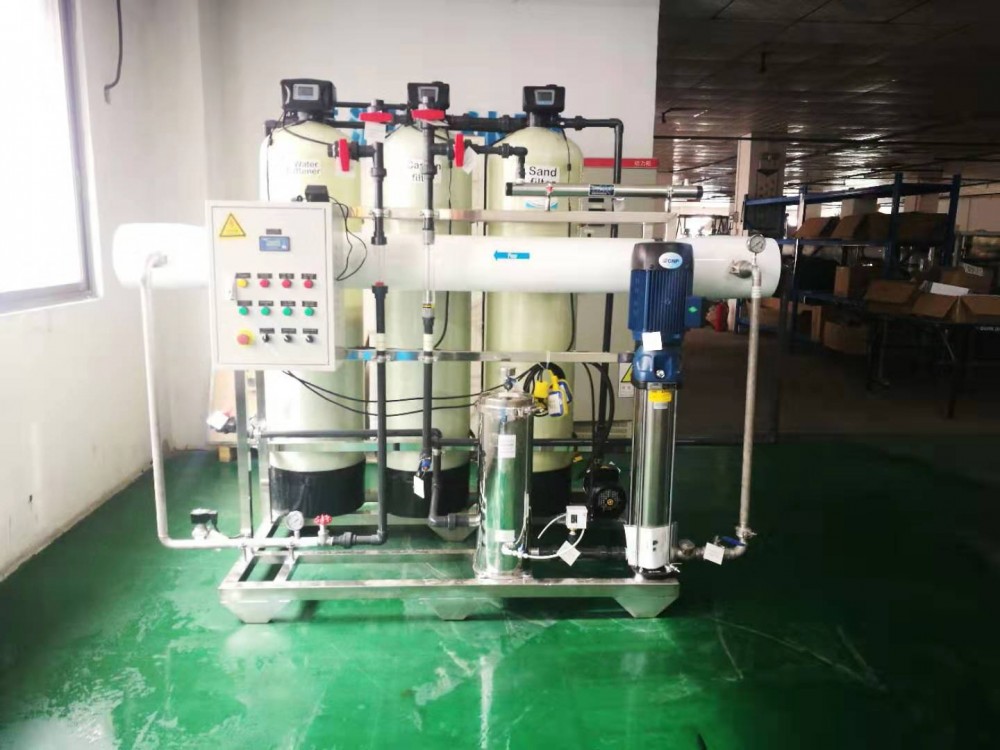
Wechat/Whatsapp:
+8613798883773

Wechat/Whatsapp:
+8613798883773
HYWATER Deionized Water System


RO System Maintenance Manual III. Troubleshooting of Failures of RO System Occurring after Regular Running Such failures of RO System usually exhibit at least one of the following situations: (1) The permeate flow decreases after standardization, and it is usually necessary to increase the operating pressure for the purpose of maintaining the rated permeate flow. (2) The rejection rate decreases after standardization, and the conductivity of product water rises in the RO system. (3) The pressure drop increases, and with the flow rate of feed water remaining unchanged, the pressure difference between feed water and concentrated water increases. In case any of the above failures occurs with RO system, following steps shall be taken to analyze and dispose of it: (1) Preliminary determine the type of contamination (fouling, scaling or microbial contamination, etc.) based upon the symptom and position of failure as well as the data and records of system routine running. In case there is no record of system routine running, it is necessary to analyze the water quality of raw water and concentrated water and to check the controlling indexes of pretreated water for the purpose of analyzing the possible cause of failure. (2) Further determine the cause of failure by means of visual inspection, weighing and on-site dissection, etc. A. Visual inspection: Open the feed water end-plate of the first stage and the product water end-plate of the second stage of the pressure vessel, and check the cross section of membrane and the internal wall of pressure vessel. If the internal wall feels velvety and smells odorous, microbial fouling has been formed. In case the internal wall feels relatively rough, it means there is scaling. B. Weighing: Measure the weight of the first membrane element in the first stage and the last membrane element of the second stage. If the first membrane element in the first stage has a relatively heavy weight, it means that there may be contamination by suspending or colloidal substances. If the last membrane element in the second stage has a relatively high weight, it means that there probably exists contamination caused by scaling. C. On-site Dissection of the Membrane Element: Observe the contaminants on the membrane surface, and add acid or alkali on the membrane surface and then observe what will happen. (3) If the cause of problem cannot be determined from the above two steps, you can take out a membrane element from the system and conduct overall analysis, upon which the cause of failure can be basically determined. Overall analysis includes visual inspection, weighing, performance test, dissection, analysis of contaminants on membrane sheet, pressurized dying, chemical treatment, etc. The cause of failure can be basically determined after the above analysis, and the cleaning programs and corrective measures can be properly formulated in accordance with “Guide to Cleaning of RO System’’ More questions regarding the RO System, please feel free to contact us: Whatsapp/Wechat/Call me via +86 13544774483 Email: sales010@water-sy.com
